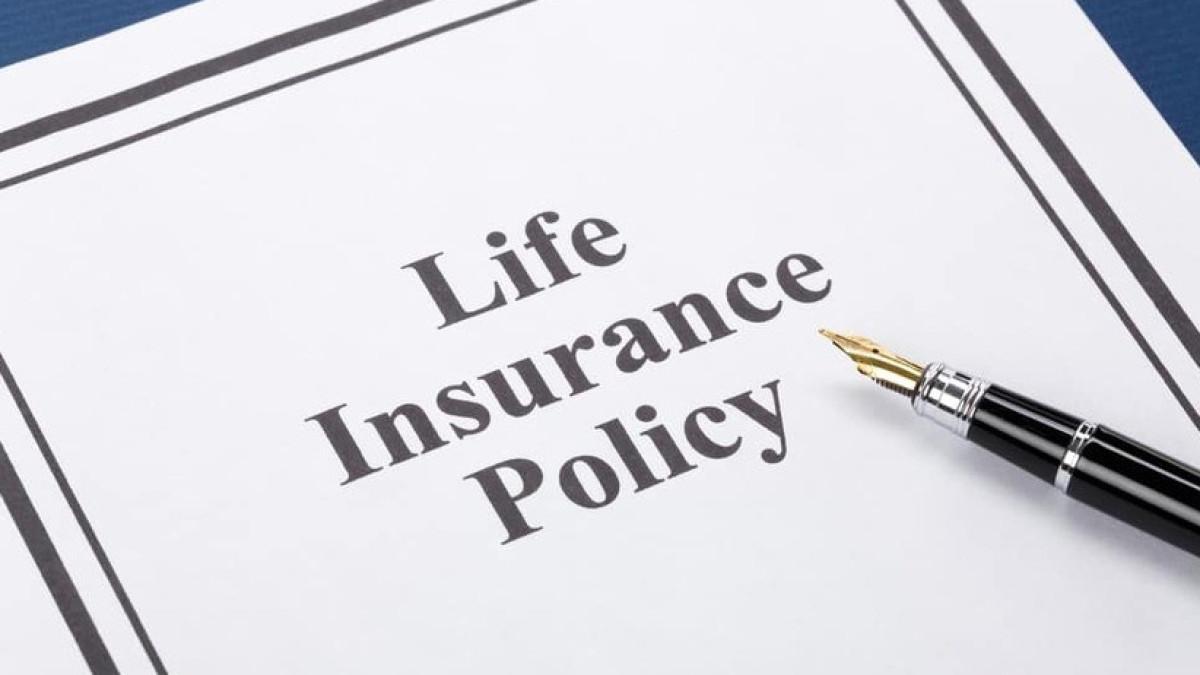As the kids leave the nest and the mortgage gets paid off, the need for life insurance wanes for many people who have reached late middle age. You may find that long-term care protection is what becomes most important.
You have a 70% chance of needing long-term care sometime after age 65, according to the National Clearinghouse for Long Term Care Information. Health insurance, including Medicare, generally doesn’t cover long-term care. Medicaid offers some help with long-term care, but you have to qualify.
Long-term care protection pays for assistance with basic activities, such as eating, getting in and out of bed, and bathing.
The cost of care, whether it’s provided in a nursing home, assisted-living facility or at home, can reach tens of thousands of dollars a year and decimate your financial portfolio. Here are 8 long-term care insurance myths.
“If you think you worry about your kids now, just wait until you get older and you worry that you’ll outlive your money,” warns Thomas Horner, president of Horner Marketing Services, a long-term care insurance agency in Cape Coral, Fla.
Making an insurance policy switch
So when should you drop life insurance and start pouring money into a long-term care policy?
The answer depends on your situation and your cash flow. You might need both types of coverage, just one, or you might find the best option in a policy that combines long-term care and life insurance coverage. These plans are called combination life insurance.
 For most people, the need for life insurance is greatest when they’re in their 20s, 30s, and 40s, Horner says. Those are the prime years for paying a mortgage, starting families, raising children and saving money for the kids’ college education. You need life insurance if you have dependents who would suffer financially if you died.
For most people, the need for life insurance is greatest when they’re in their 20s, 30s, and 40s, Horner says. Those are the prime years for paying a mortgage, starting families, raising children and saving money for the kids’ college education. You need life insurance if you have dependents who would suffer financially if you died.
As couples reach late middle age, the financial obligations start to drop off. The kids graduate from college and become independent. The house often gets paid off. A nest egg grows, providing security for a surviving spouse.
“Life insurance becomes less important to you because your obligations have been met,” Horner says. “The bigger risk is about needing long-term care at some point. Any assets you accumulate and any retirement you put away — all those assets are at risk.”
If you don’t have long-term care insurance, you’ll have to pay for your own care — until you’ve exhausted your resources and qualify for Medicaid, the federal and state program for low-income families and elderly and disabled adults. Medicaid pays for long-term care at Medicaid-certified nursing homes.
Having enough long-term care insurance or enough savings to pay for care on your own gives you more choice in the type of treatment you can receive and where you want to receive it. Very wealthy people may not need to purchase long-term care insurance because they can afford to pay for their own care. Here’s more about self-insuring for long-term care.
Overlapping insurance needs
You should start thinking about purchasing long-term care insurance in your 50s, before you develop health problems that could make it difficult to qualify for coverage or the best rates, Horner says.
At this point, the need for life insurance and long-term care insurance may overlap, especially if your mortgage isn’t paid off and the kids haven’t graduated from college.
“There is a strong need for both life insurance and for long-term care insurance,” Horner says. “It’s a matter of balancing the premium you pay toward those two risks.”
The cost for long-term care coverage is on the rise. The American Association for Long-Term Care Insurance reports that long-term care insurance policy prices have risen by as much as 17% since last year.
Eventually, you might drop life insurance altogether, or maintain a small policy for final expenses. For folks of relatively modest means who no longer support dependents, long-term care is a more important risk to manage, says Damon Bates, vice president of MassMutual. Besides providing a financial backstop, long-term care insurance also reduces the emotional toll on loved ones when you need help with your day-to-day needs, Bates says.
In some instances you should hang on to life insurance. For example, heirs might be forced to sell the family business or part of your estate to pay taxes if they don’t receive life insurance proceeds. Read more about whole life insurance.
Combining life and long-term care insurance
If you need both life and long-term care insurance, you can buy separate policies or invest in one product that combines benefits.
A life insurance policy with a long-term care rider is one way to go, says Steve Casto, founder and president of Strategic Wealth Solutions Inc. in Omaha, Neb. That option is becoming more attractive as insurers reduce benefits, increase premiums and tighten up underwriting for traditional, standalone long-term care insurance policies, Casto says. Many insurers have gotten out of the long-term care insurance business and long-term care insurance options are dwindling.
MassMutual has such a combination life insurance rider on one of its whole life products. The rider lets you access up to 90% of the death benefit for long-term care. Any portion of that amount you don’t use is paid to your beneficiary when you die. If you don’t need any long-term care, your beneficiary receives the full death benefit.
“We’re seeing a lot of interest,” Bates says. “It’s not necessarily a replacement for traditional long-term care insurance, but it’s a great alternative.”
MassMutual will continue selling standalone long-term care policies, Bates adds.
Other policies include Pacific Life’s Pacific PremierCare or Lincoln Financial Group’s Lincoln MoneyGuard Reserve. These feature a one-time, lump sum premium, typically around $100,000 or more. They provide long-term care benefits if you need them, or they pay a death benefit to your beneficiary. If you decide you don’t want the policy after all, you can get back the money you paid in premiums.
These policies are marketed toward people who can self-insure for long-term care but would rather transfer some of the risk to an insurer.
Here’s more on how to hedge your bets with a combination long-term care and life insurance policy.
Talk to a financial planner to weigh the risks you face, develop a strategy to address them and match the right insurance policies to your situation.











